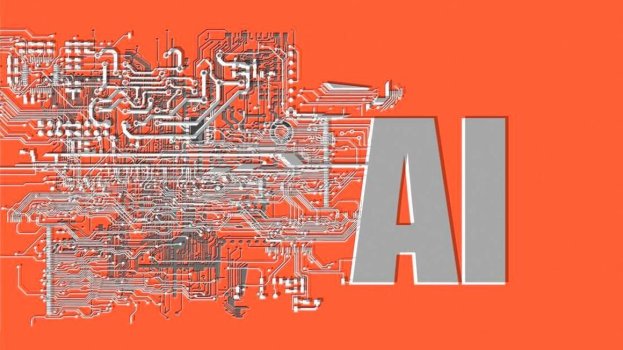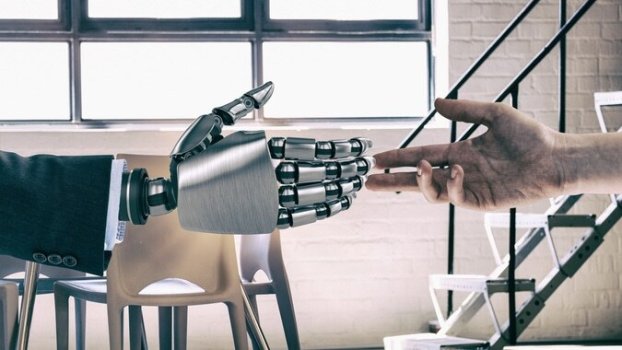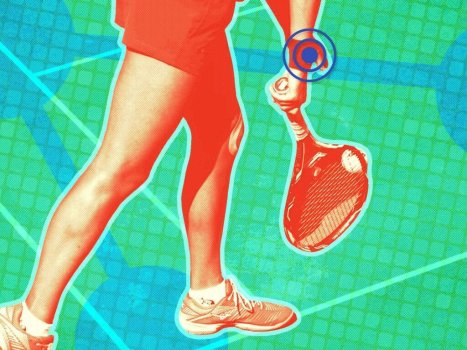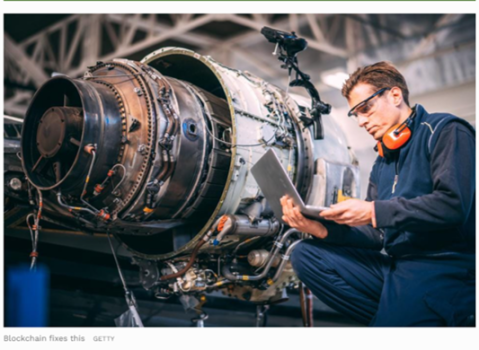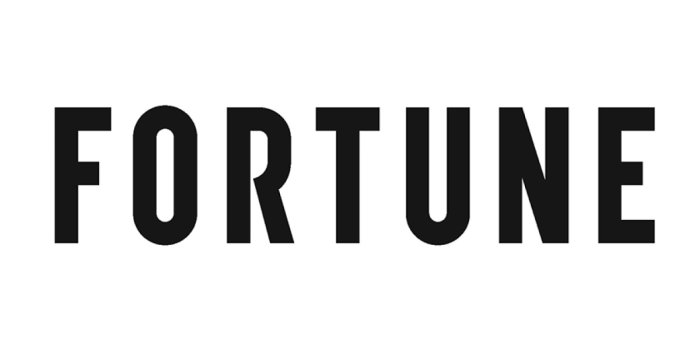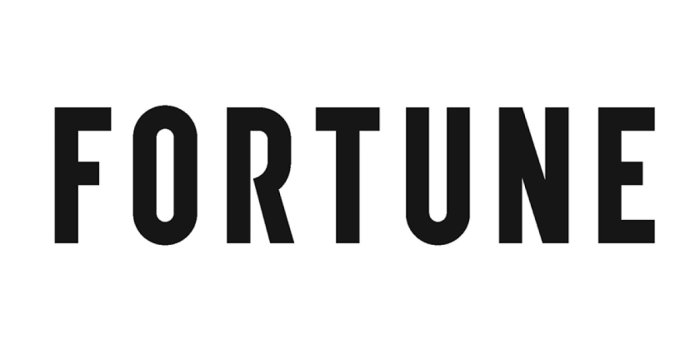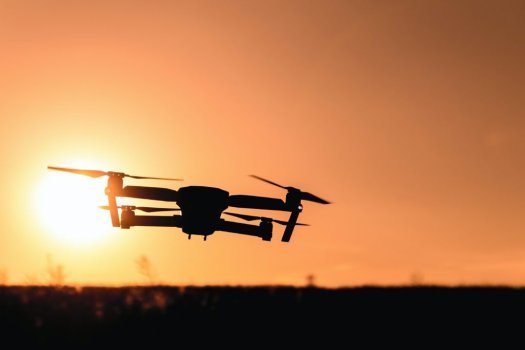Building a career in blockchain technology
- Technology Solutions
- 0 Replies
While you know that more than 120 million global users have invested in cryptocurrencies so far, you may not envision that as a consumer, multiples of this figure have already been exposed to the world of blockchain and its use cases. Slowly but surely, blockchain technology is permeating the backbone of how services are delivered to end users. Be it supply chain management, cross border remittance and distribution of NFTs, the world around us is adopting blockchain technology at a rapid pace. Naturally, we must ask the question – can we sustainably build a career in this space? The short answer is an emphatic yes. Read on to find out more.
Evolution of the Information Age
In the 1990s, Information Technology (IT) was still a developing field. If you ask your relatives who did engineering/sciences back then, many would have chosen electrical/mechanical based specialties over computer science. This changed in the 2000s – IT and related fields continue to be the most dominant field of study even today. Blockchain technology is a specialty within IT. Though it is a newer specialty with a limited set of use cases today, the future is full of possibilities.
Blockchain is essentially a place to record, store and execute information. Everything we do on a regular basis today can be disrupted by a new service which uses blockchain. Given the above, it becomes a wise choice for the youth of the nation to start building a career in blockchain based companies. One, it gives them early exposure to a fledgling technology. Two, it allows them to innovate and expand boundaries of the space over time.
Continue reading: https://www.thenewsminute.com/article/building-career-blockchain-technology-157507
Evolution of the Information Age
In the 1990s, Information Technology (IT) was still a developing field. If you ask your relatives who did engineering/sciences back then, many would have chosen electrical/mechanical based specialties over computer science. This changed in the 2000s – IT and related fields continue to be the most dominant field of study even today. Blockchain technology is a specialty within IT. Though it is a newer specialty with a limited set of use cases today, the future is full of possibilities.
Blockchain is essentially a place to record, store and execute information. Everything we do on a regular basis today can be disrupted by a new service which uses blockchain. Given the above, it becomes a wise choice for the youth of the nation to start building a career in blockchain based companies. One, it gives them early exposure to a fledgling technology. Two, it allows them to innovate and expand boundaries of the space over time.
Continue reading: https://www.thenewsminute.com/article/building-career-blockchain-technology-157507




